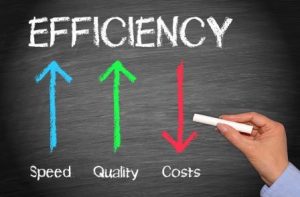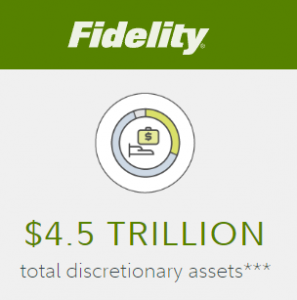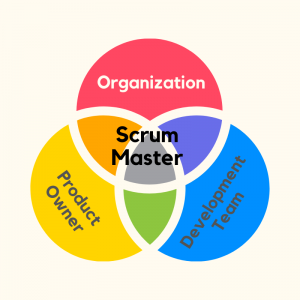In the era of digital transformation, the success of enterprises hinges on how they are able to coordinate the flow of data through productive communication across the organizational hierarchy. Work management solutions provide the platform for a holistic direction of operations and facilitating better collaboration in the process.
In essence, work teams can achieve progress and development by harnessing the right tools and technologies for work management. First of all, though, what does collaboration really mean?
Collaboration and Collective intelligence
Collective Intelligence (or Shared or Group Intelligence) is a concept that glorifies collaboration and joint decision-making in the workplace. It is not a niche phenomenon but a well-documented notion. As a sociological concept, Collective Intelligence “describes how a group intellect begins to form when people work together.” Thus, this idea lends credence to the proverbial wisdom that two are better than one.
Collaboration is defined as ‘the action of working with someone to produce something.’ With Collective Intelligence the focus shifts to what is being produced, rather than the mere idea of working together with someone else. This Collective Intelligence is demonstrated in the workplace via values of cooperation and mutual trust.
Usually, offices form hubs for collaboration. But in this age of digital transformation, these have proved to be not enough. As workers need to be equipped with tools to make them fulfill their tasks better, so do office leaders need an efficient work management tool that fosters collaboration. What impacts do these tools have on work collaboration? Do they improve collaboration at all?
Collaboration and Work Management
As it stands, the management of small-to-large scale firms is as effective as the tools used. Of course, the people using the tools matter too, as well as the culture of the workplace. But it is the tools that bridge the gap while recognizing the differential needs of separate teams. That means proper work management solutions must be cross-functional.
Hence, it is imperative that organizations choose the right tools and management platforms to coordinate their workforce. During my research for this article, I had the opportunity to interview the co-founder and CTO of Digicoop. Also one of the leading developers of Kantree, Maxime Bouroumeau-Fuseau and asked him for some details about his view on the work management platform.
Michael Usiagwu: How can leaders leverage work management technologies to manage their small-to-large companies?
Maxime Bouroumeau-Fuseau: has these few words to say: Leaders can leverage technology to transform work across the company. Using platforms like Kantree and other platforms allow in-house and distributed teams to collaborate more efficiently and deliver better results while reducing overreliance on emails, spreadsheets, and frequent meetings. He also shares more information tips below:
Communication
Communication is paramount to the success of any organization. With the rise of remote work, the tendency for miscommunication is higher. To avoid such problems, leaders should employ a work management platform with a consistently open channel for communication. This could be through instant messaging or face-to-face chats or whatever other means as necessary.
Note: this is not just about individual interactions. An efficient work management solution bridges the gaps across departmental silos. This ensures that operations gel and run more smoothly.
Visibility
Perhaps paradoxically, efficient collaboration begins with guaranteed autonomy based on mutual trust. So, to be clear, visibility is different from surveillance. The latter is often the case in environments where distrust is rife. The purpose of visibility, on the other hand, is to track individual performance and measure team progress.
Visibility is based on trust, and it is not just necessary for management. Other employees benefit too when they understand the work of their colleagues. Real-time collaboration through shared task lists ensures that everyone on the team is on the same page and progresses together.
Work Performance
Work management platforms allow leaders to assess the performance of their subordinates and generate actionable reports on how to improve workflow. Leaders should be able to keep track of who is working on what, how the work is being carried out, and whether they are facing challenges at work. This is possible through the creation of reports, charts, and other graphic data to be able to visualize employee data and examine their work from different perspectives.
Integration
No work management tool has it all. An efficient work management platform allows for integration with other similar tools and apps. This guarantees the seamlessness of operations as well as flexibility; the platform should be adaptable to individual work requirements rather than just be a rigid framework for data management.
For example, a team of developers will need a platform that integrates natively with GitHub, Jira, and the likes. Integrated work management super-tools like Kantree are the best because they allow workers to enjoy the benefits of all other tools via one platform where all the operations are aggregated.
Conclusion
Collaboration is imperative for every team, no matter the work model adopted. How this is achieved is a different matter. Organizations should strive to invest in work management platforms that ensure collaboration at work and bring out the collective intelligence of workers. The goal of every company should be to help its employees work together better.
Business & Finance Articles on Business 2 Community(26)






